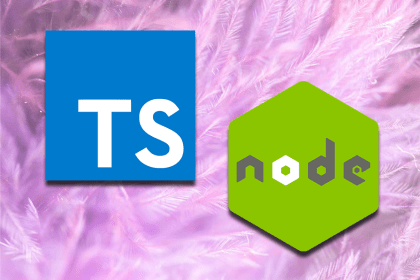
Set up TypeScript with Node.js and Express, focusing on configuring key elements for a smooth development experience.

Looking for the best React Native chart library? Explore the top 10 options, compare performance, and find the right tool for your project.

UI libraries like React Native Paper and React Native Elements offer pre-developed components that help us deliver our React Native projects faster.

Leverage React Native animation libraries to improve user experience in terms of interactions and engagement.

React Router v6 is a fully-featured routing solution for React applications to create modern routing strategies.

In this tutorial, we’ll discuss the advantages the styled-components library has over the general StyleSheet manager in React Native.

Explore Tamagui, a UI kit that includes a series of themes, media queries, and typed inline styles, as well as an optimizing compiler.

In this tutorial, we are going to discuss one of the strategies to implement an authentication flow using an email sign-in provider with React Native and the latest versions of react-navigation and react-native-firebase.

Use React Native for Web, a React compatibility layer, to write React code that you can share between web and mobile apps.

State management libraries exist to solve problems that arise in applications with many components. Use Redux to manage the complexity of your React Native app.

Here, you can take a look at the top React table libraries in 2021 and narrow down what the best one is for your needs.

Sharing elements in between screens in React Native using React Navigation Shared Element Transition makes the process smooth for development and end users.